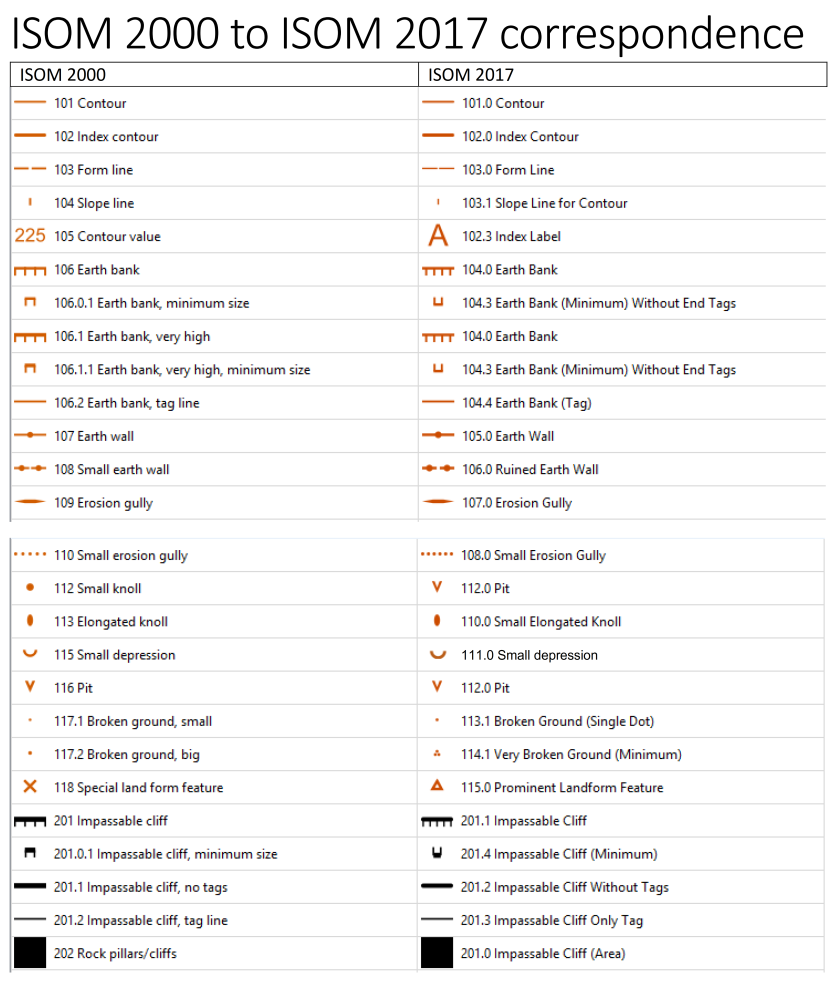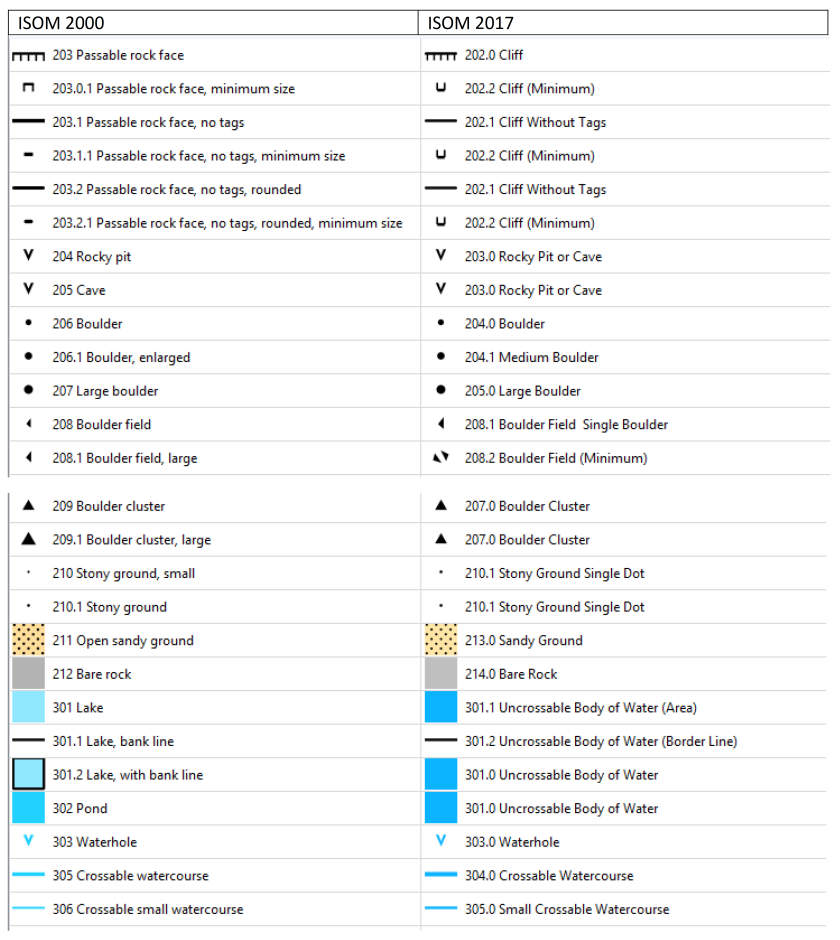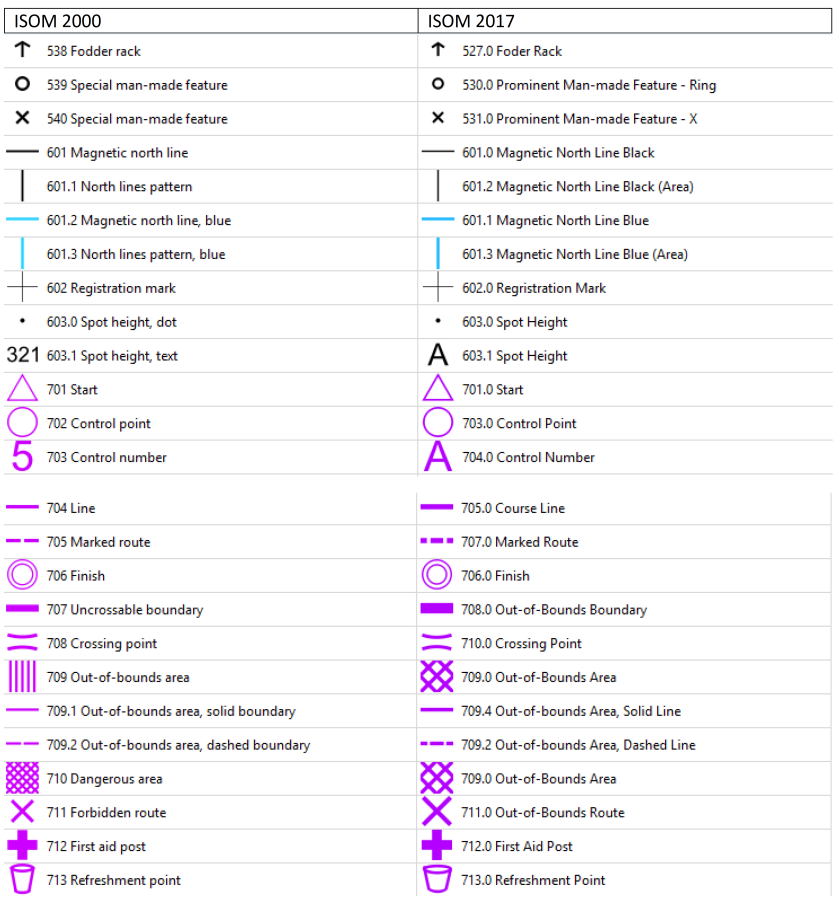Note (7 Oct 2017): title corrected (Sweden -> Norway)
As I start my composition study at the University of Gothenburg, I joined two sprint World Ranking Events within a week.
The first one (17 September 2017) was near Helsinki in a neighbourhood called Kannelmäki (Gamlas), with the qualifications in the morning and the finals in the afternoon. (On a minor note, they didn’t print the course description on the map)

I was still recovering from having caught a cold earlier but my running-shape was still great. Still, I was obviously not fast enough and had to compete in the B2 final.

The event was fun with a number of route choice traps. Also, it seemed like a journey back in time using EMIT cards (Hong Kong having switched to SPORTident a few years ago). If there was one thing to complain, however, it would be that the units owned by Helsingin Suunnistajat had no indicator lights at all (except the clear unit)!

The second race (22 September 2017) was in Orkanger near Trondheim. This became the first time I went to Trondheim, as well as the first time I competed in Norway. Also, this was the first time I used the EMIT-tag touch-free technology (the other major touch-free system being SI-AIR+).
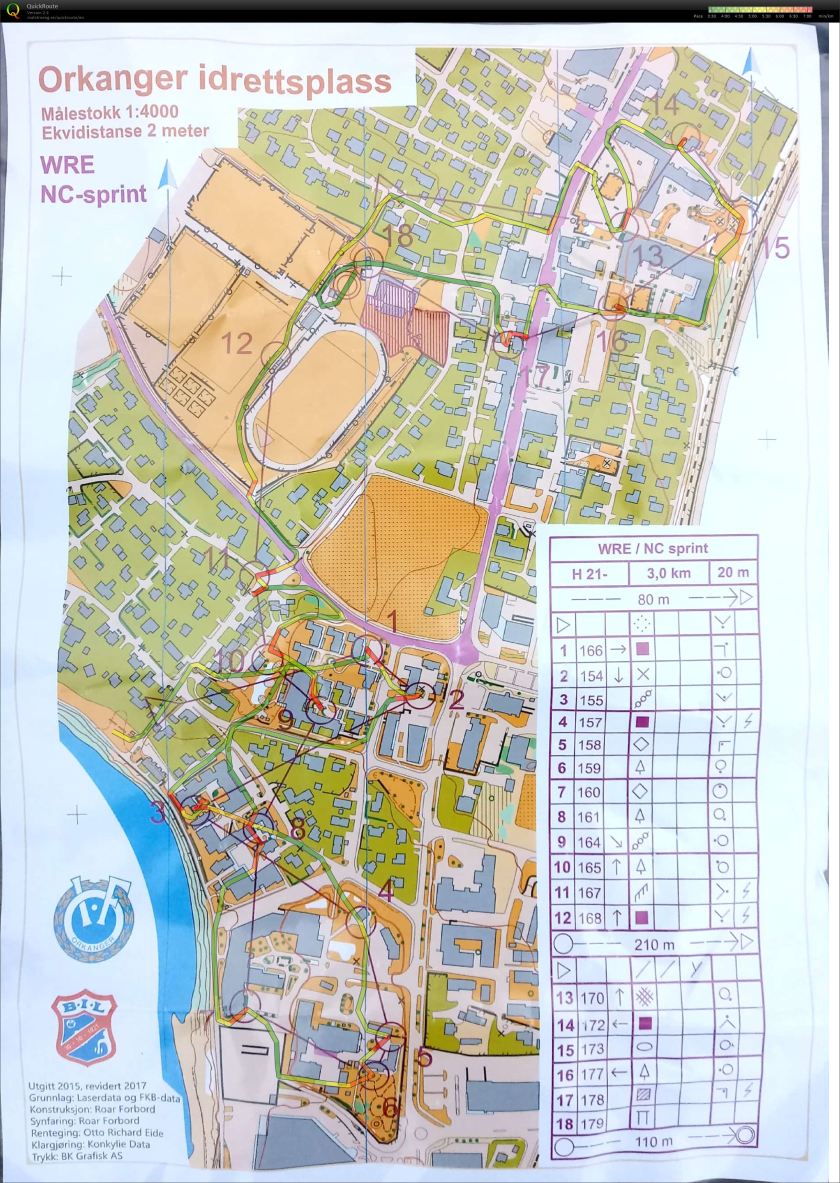
Too much hesitation on route choices!
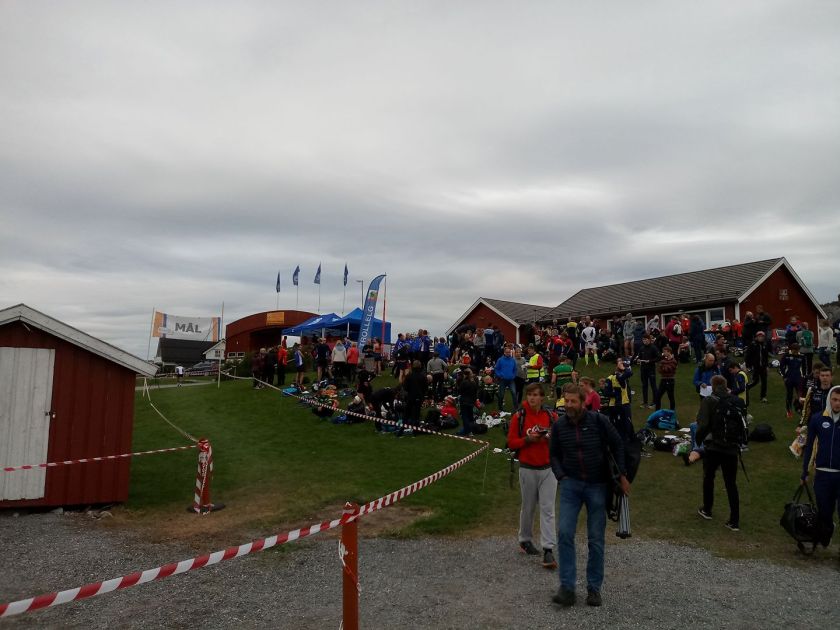
Despite the cloud cover, it still feels pretty warm in the late afternoon.
Being the only Asian guy in both events was, needless to say, interesting!




 即係要將地圖同實地對正咁解。如圖,地圖上小徑方向同實際小徑對準,池塘喺小徑右邊。記得對埋前後左右地形邊邊高,邊邊低呀 (睇等高線 — 唔識嘅話遲下再教)!
即係要將地圖同實地對正咁解。如圖,地圖上小徑方向同實際小徑對準,池塘喺小徑右邊。記得對埋前後左右地形邊邊高,邊邊低呀 (睇等高線 — 唔識嘅話遲下再教)!
